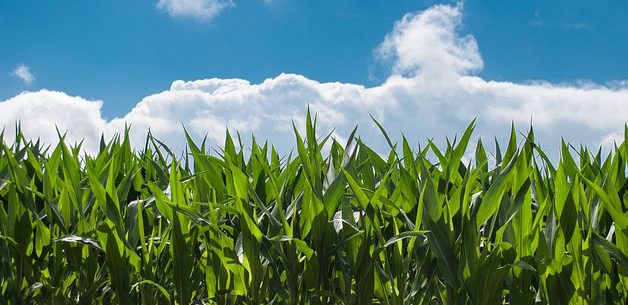December 8, 2016
The BioAg Alliance, a partnership that brings together Novozyme’s operations and capabilities in microbial discovery, development, and production with Monsanto’s microbial advanced biology, field testing, and commercial capabilities, has announced the launch of world’s first upstream corn inoculant, Acceleron® B-300 SAT.
Acceleron® B-300 SAT is an improved product formulation of the JunpStart® inoculant that had existed in Novozyme’s product pipeline and is the first product to be commercialized through the BioAg Alliance.
Derived from a fungus found naturally occurring in soil, Accleron® B-300 SAT has proven to impart a two-year average yield advantage of more than three bushels per acre and will be applied to all of Monsanto’s new corn hybrids sold in 2017.
“Harnessing the power of nature’s microbes, farmers will be able to produce more crops while using fertilizer more efficiently and producing less CO2. This will benefit agriculture, consumers and the environment,” said Colin Bletsky, Novozymes’ Vice President for BioAg.
Previously, Novozyme’s JumpStart® spores would have a 120-day life once applied to seeds, meaning that farmers would have to treat their seeds with the inoculant soon before planting for it to last through the season. However, with Acceleron® B-300 SAT, the formulation is viable for at least two years on properly stored seeds – allowing Monsanto to treat the seeds before being shipped to retailers and farmers, making it the first upstream inoculant on the market.
“This is the first product jointly developed by Monsanto and Novozymes, and it shows the kind of innovation we can achieve in The BioAg Alliance,” said Bletsky. “We believe it could be applied to more than 90 million acres by 2025 and become one of the biggest biological products in the ag industry.”
Booming Biologicals
A shrinking base of arable farmland, tight supply of traditional agricultural inputs over the past five years, and a higher level of willingness by farmers to adopt new systems that can result in higher yields while being environmentally safe have brought the biologicals category onto the radar of investors resulting in more significant funding rounds.
This year the biopesticides market is estimated at a value of $3.36 billion and is expected to reach a value of $8.82 billion by 2022 reflecting a CAGR of 17.4 percent from 2016, according to Markets and Markets. Meanwhile, the biofertilizer market is expected to grow at a compounded annual growth rate (CAGR) of 14.08 percent reaching an estimated market value of $2.3 billion by 2020, while the agricultural biologicals testing market is expected to grow at a rate of 10.4 percent, reaching a value of $1.1 billion by 2021. In addition, the biostiumlants market is projected to grow at a CAGR of 10.4 percent, reaching a value of $2.9 billion by 2021, with the area of application expected to grow at a CAGR of 11.7 percent, reaching 24.9 million hectares by 2021.
This potential is reflected in the acceleration of investment activity in the space. In May of this year, Chicago-based Seed 2 Growth Ventures (S2G) led a $10 million round for agricultural bio-chemical developer, Terramera. Other investors participating in the round include ACA Investments, Bold Capital Partners, Renewal Funds, and Maumee Ventures. Then, in August of this year, Biological insecticide company, Vestaron announced the completion of an oversubscribed $18 million Series D.
This was followed in October by Metalmark Capital making an unspecified investment in Valagro, a global leader in the production and commercialization of biostimulants, micronutrients, foliar fertilizers and fertigators used for agricultural production, industry applications, and home garden use.
S2G managing partner Sanjeev Krishnan told GAI News, that a shift in agricultural production systems is being largely driven by 18 to 34 year old Millennials who are focusing on the availability of healthy, fresh food, saying, “The consumer is changing the US food system,” adding, “acreage needs to catch up to the consumer while being profitable for the farmer.”
—
Lynda Kiernan

Let GAI News inform your engagement in the agriculture sector.
GAI News provides crucial and timely news and insight to help you stay ahead of critical agricultural trends through free delivery of two weekly newsletters, Ag Investing Weekly and AgTech Intel.




